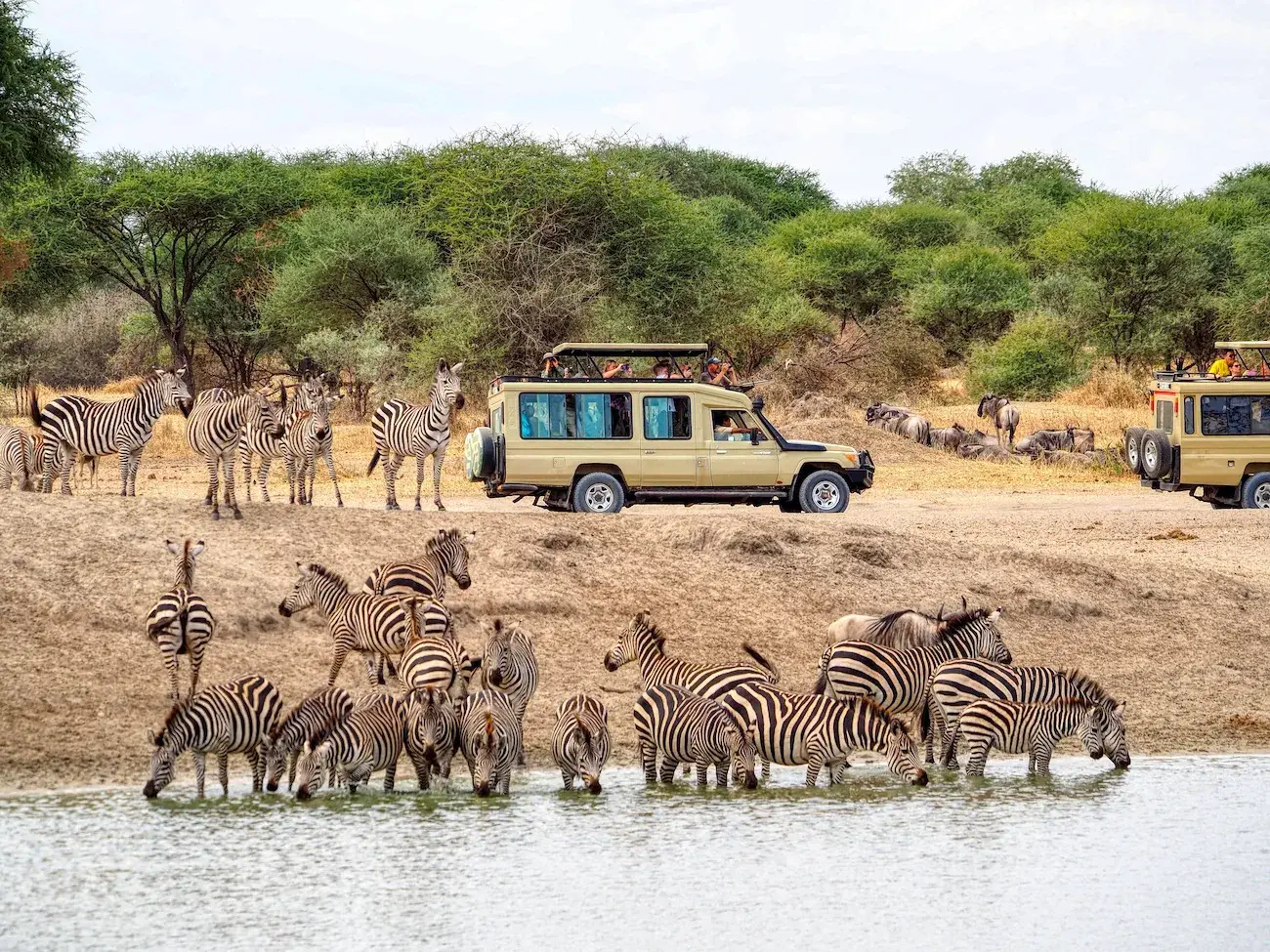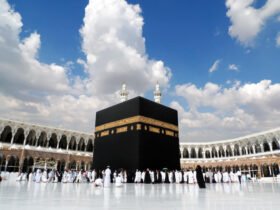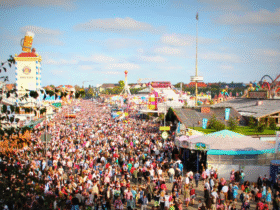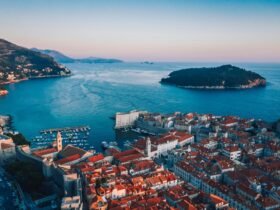The African savannah is a vast, untamed wilderness where life and death play out on a grand scale. Among its most awe-inspiring spectacles is the Great Migration, a natural phenomenon that draws adventurers and wildlife enthusiasts from around the globe. Migration safari tours offer a front-row seat to this remarkable event, where millions of animals traverse the plains in search of fresh grazing grounds. This article will guide you through the best migration safari tours, helping you plan an unforgettable journey into the wild.
Understanding the Great Migration
The Great Migration is one of nature’s most extraordinary events, often dubbed the “Greatest Show on Earth.” Each year, over 1.5 million wildebeests, 200,000 zebras, and countless gazelles embark on a challenging journey through the Serengeti and Masai Mara ecosystems. This migration is driven by the animals’ instinctive need to follow the rains and find lush, green pastures.
The journey is fraught with danger. Predators like lions, cheetahs, and crocodiles lie in wait, ready to pounce on the weak and unwary. Yet, it is precisely this life-and-death struggle that makes the migration so mesmerizing. The timing of the migration varies slightly each year, but it generally follows a circular route through Tanzania’s Serengeti National Park and Kenya’s Masai Mara National Reserve. Key events include the dramatic river crossings at the Grumeti and Mara Rivers, where thousands of animals risk their lives to reach the other side.
Top Migration Safari Destinations
When planning a migration safari, choosing the right destination is crucial. Here are the top spots to witness this natural wonder:
- Serengeti National Park, Tanzania: The Serengeti is the heart of the Great Migration. It’s here that the journey begins, with herds gathering in the southern plains for calving season between January and March. The park’s vast, open landscapes provide stunning panoramas of the migration, particularly during the dry season from June to September when the herds move north.
- Masai Mara National Reserve, Kenya: The Masai Mara is famous for its dramatic river crossings. Between July and October, the herds cross the Mara River, braving the jaws of waiting crocodiles. The reserve’s abundant wildlife and the spectacle of thousands of animals charging through the water make this a must-see destination.
- Ngorongoro Crater, Tanzania: Although not part of the main migration route, the Ngorongoro Crater offers a unique ecosystem that supports a dense population of wildlife year-round. The crater’s enclosed environment provides a microcosm of the larger migration, making it an excellent spot for those short on time or looking for a different perspective.
- Other Noteworthy Destinations: Areas like the Grumeti Game Reserve and the northern Serengeti also offer excellent viewing opportunities, particularly during the river crossing periods. These locations are less crowded, offering a more intimate experience.
Choosing the Best Migration Safari Tour
Selecting the right safari tour can make or break your experience. Here’s what to consider:
- Tour Types: There are several types of safari tours to choose from. Guided group tours are popular for first-timers and those looking for a social experience. Private tours offer more flexibility and personalized attention, ideal for families or those with specific interests. For those seeking comfort, luxury tours provide upscale accommodations and exclusive access to prime viewing areas.
- Factors to Consider: Timing is crucial when planning your safari. The best time to witness the migration varies depending on the specific event you want to see, such as the calving season or river crossings. Budget is another key factor—safaris can range from budget-friendly camping trips to luxury lodges. Consider the duration of your tour as well; shorter tours may focus on a specific area, while longer tours offer a more comprehensive experience.
- Top Tour Operators: When choosing a tour operator, look for companies with excellent reputations, knowledgeable guides, and strong conservation ethics. Some highly regarded operators include &Beyond, Asilia Africa, and Wilderness Safaris, all of which offer a range of tours catering to different preferences and budgets.
What to Expect on a Migration Safari Tour
A migration safari tour is a unique adventure that offers unparalleled wildlife encounters and cultural experiences.
- Daily Itinerary: A typical day on safari starts early, with a morning game drive at dawn when the animals are most active. After returning to camp for breakfast, you may embark on another game drive or relax during the heat of the day. Afternoon game drives resume before sunset, offering the chance to spot predators as they begin to hunt. Evenings are spent around the campfire, sharing stories under the African sky.
- Wildlife Encounters: On a migration safari, you’ll witness vast herds of wildebeests, zebras, and antelopes, along with the predators that follow them. The river crossings are a highlight, with heart-pounding moments as the animals navigate treacherous waters filled with crocodiles. Birdwatchers will also be thrilled by the abundance of bird species in the region.
- Cultural Experiences: Many safari tours offer the opportunity to visit local Maasai villages, where you can learn about their traditional way of life. These cultural exchanges provide a deeper understanding of the region and its people, enriching your overall experience.
Tips for a Successful Safari Experience
To ensure your migration safari is a success, keep these tips in mind:
- Best Time to Go: The timing of your trip is crucial. For calving season, visit the southern Serengeti between January and March. For river crossings, plan your trip between July and October, focusing on the Masai Mara or northern Serengeti.
- Packing Essentials: Pack light, breathable clothing in neutral colors, a wide-brimmed hat, sunscreen, insect repellent, and sturdy walking shoes. Don’t forget your binoculars and camera with a good zoom lens to capture the action from a distance.
- Photography Tips: For the best wildlife photos, use a zoom lens and a fast shutter speed to freeze the action. The ideal times for photography are early morning and late afternoon, when the light is at its best. Patience is key—sometimes you’ll need to wait for the perfect shot, but the results are worth it.
Conclusion
Migration safari tours offer a once-in-a-lifetime opportunity to witness one of nature’s greatest spectacles. Whether you’re drawn to the vast plains of the Serengeti, the thrilling river crossings of the Masai Mara, or the unique landscapes of the Ngorongoro Crater, there’s a safari experience waiting for you. With Flash McTours, you can start planning your adventure today and prepare to explore the wild in a way you’ll never forget.















Leave a Reply